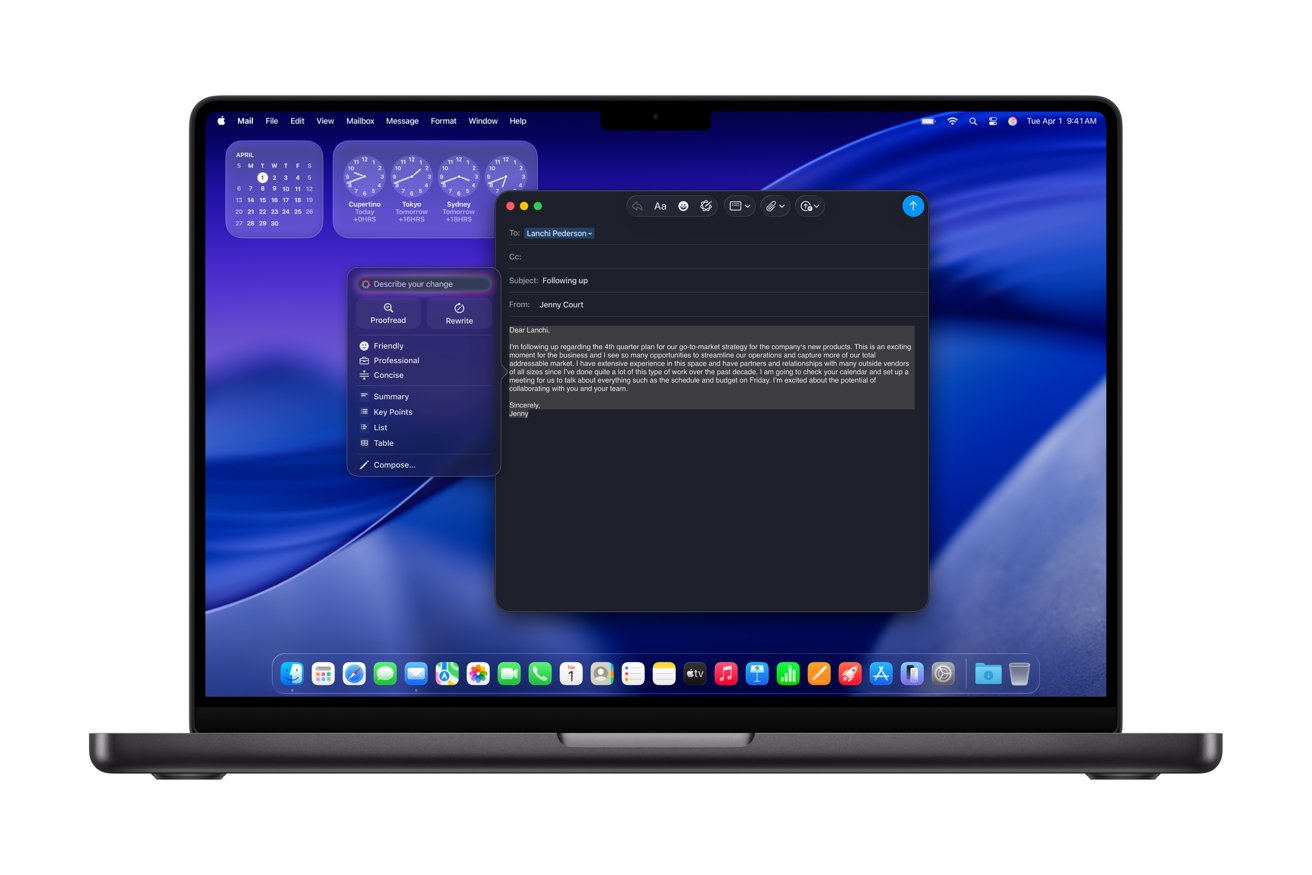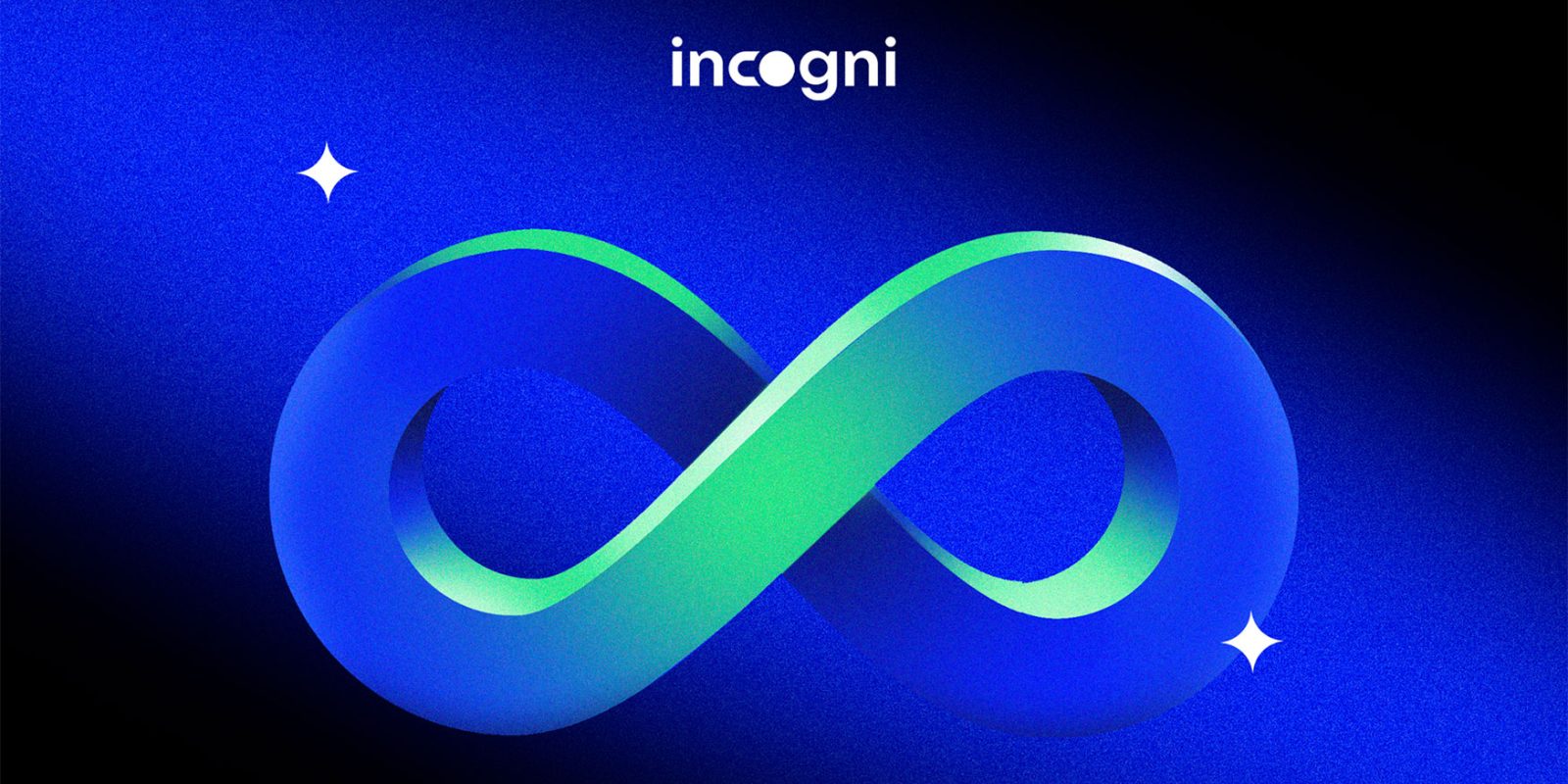Apple has unveiled its latest innovation, the 14-inch MacBook Pro powered by the new M5 chip, marking a significant advancement in computing performance and artificial intelligence (AI) capabilities. This release underscores Apple’s commitment to pushing the boundaries of technology, offering users unprecedented speed and efficiency.
Unprecedented Benchmark Performance
Early benchmark results have showcased the M5 chip’s remarkable prowess. In Geekbench 6 tests, the M5 MacBook Pro achieved a single-core score of 4,263 and a multi-core score of 17,862. These figures represent a substantial improvement over its predecessor, the M4 chip, which recorded scores of approximately 3,770 in single-core and 14,700 in multi-core tests. This translates to a 13% increase in single-core performance and a 17% boost in multi-core performance, highlighting the M5’s superior processing capabilities.
Architectural Enhancements and AI Integration
The M5 chip’s architecture is a testament to Apple’s engineering excellence. It features a 10-core CPU, comprising four performance cores and six efficiency cores, designed to optimize both power and energy consumption. The GPU has also been upgraded to a 10-core configuration, with each core housing a Neural Accelerator. This design enhances AI processing, delivering up to 3.5 times faster AI performance compared to the M4 chip. Such advancements are particularly beneficial for tasks involving large language models and AI-driven applications, enabling smoother and more efficient workflows.
Memory and Storage Innovations
Apple has made significant strides in memory and storage technologies with the M5 MacBook Pro. The device boasts over 150 GB/s of unified memory bandwidth, a notable increase from the M4’s 120 GB/s. This enhancement facilitates faster data access and processing, crucial for demanding applications. Additionally, the maximum storage capacity has been expanded to 4 TB, with SSD speeds doubling compared to the previous generation. These improvements ensure that users have ample space and speed for their data-intensive tasks.
Design Consistency with Internal Upgrades
While the external design of the 14-inch MacBook Pro remains consistent with its predecessor, featuring the same Mini LED display, port configuration, keyboard, and webcam, the internal upgrades are substantial. The integration of the M5 chip brings enhanced performance without altering the device’s familiar aesthetics. This approach allows users to enjoy the benefits of cutting-edge technology within a design they know and trust.
Battery Life and Connectivity
The M5 MacBook Pro continues to impress with its battery efficiency, offering up to 24 hours of video playback. This longevity is achieved without compromising performance, thanks to the chip’s energy-efficient architecture. Connectivity features remain robust, with support for Wi-Fi 6E, ensuring fast and reliable internet access. These elements combine to provide a seamless user experience, whether for professional tasks or entertainment.
Pricing and Availability
Apple has maintained the pricing structure for the new MacBook Pro, with the base model starting at $1,599. This model includes 16 GB of RAM and a 512 GB SSD, offering a balanced configuration for most users. Pre-orders began on October 15, 2025, with general availability starting on October 22, 2025. This pricing strategy ensures that the latest technology is accessible to a broad audience without a premium price increase.
Comparative Performance Analysis
When compared to other processors in the market, the M5 chip stands out. It surpasses Qualcomm’s Snapdragon X2 Elite Extreme, which scored around 4,080 in single-core Geekbench tests. Additionally, the M5’s single-core performance rivals that of Intel’s Core Ultra 9 285K and outperforms AMD’s 9950X3D. These comparisons highlight Apple’s competitive edge in processor development, offering users top-tier performance in a portable form factor.
Implications for Creative Professionals and AI Enthusiasts
The enhancements brought by the M5 chip are particularly significant for creative professionals and AI enthusiasts. The increased processing power and AI capabilities facilitate tasks such as video editing, 3D rendering, and machine learning model training. Applications like Topaz Video and Blender benefit from up to 1.8 times faster AI video enhancement and 1.7 times faster 3D rendering, respectively, compared to the M4 MacBook Pro. These improvements translate to reduced processing times and enhanced productivity for users engaged in resource-intensive tasks.
Future Prospects and Industry Impact
The introduction of the M5 chip sets a new standard in the computing industry, signaling a shift towards more integrated AI capabilities in consumer devices. Apple’s focus on enhancing AI performance positions the company as a leader in this domain, potentially influencing future developments across the tech industry. As AI becomes increasingly integral to various applications, the M5 MacBook Pro offers a glimpse into a future where devices are more intelligent and responsive to user needs.
Conclusion
Apple’s 14-inch MacBook Pro with the M5 chip represents a significant leap forward in computing technology. With its impressive benchmark performance, architectural enhancements, and AI integration, it offers users a powerful tool for a wide range of applications. The combination of design consistency, improved battery life, and competitive pricing makes it an attractive option for both existing Apple users and those considering a switch. As the tech landscape continues to evolve, the M5 MacBook Pro stands as a testament to Apple’s commitment to innovation and excellence.



